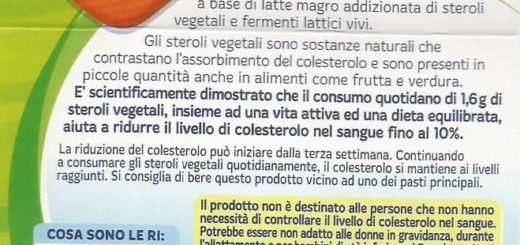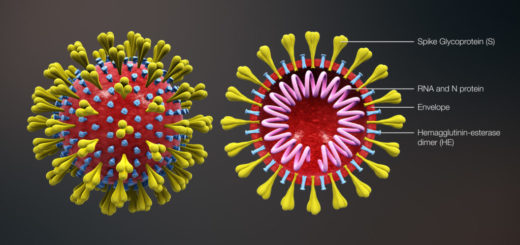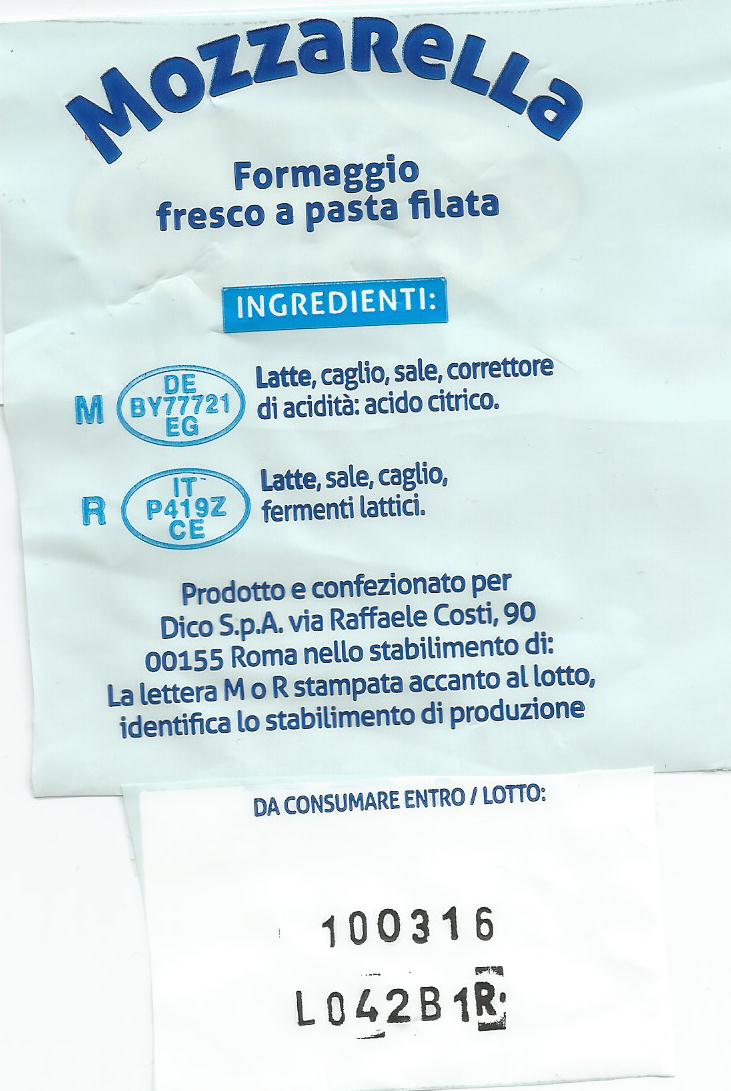Covid-19, origine e sito di scissione della furina

Xiao Qiang, un ricercatore di Berkeley, ha recentemente affermato: “Capire esattamente come si è originato questo virus è una conoscenza fondamentale per evitare che ciò accada in futuro“. [xxi]
E’ per questo che condivido la pubblicazione della dott.ssa Rossana Segreto (Dipartimento di Microbiologia, Università di Innsbruck, Innsbruck, Austria) e Yuri Deigin (Youthereum Genetics Inc., Toronto, Ontario, Canada) che descrive con chiarezza una sequenza temporale ben documentata dai riferimenti bibliografici.
“La struttura genetica della SARS ‐ CoV ‐ 2 non esclude un’origine di laboratorio.
La struttura chimerica SARS ‐ COV ‐ 2 e il sito di scissione della furina potrebbero essere il risultato di una manipolazione genetica”.
Alla stesura della pubblicazione, come riportato nei ringraziamenti, hanno contribuito:
il Prof. Allan Krill (NTNU) per la correzione di bozze del manoscritto, per tutti i commenti preziosi e per la mentalità aperta riguardo a ipotesi controverse; Il Prof. Heribert Insam (Capo del Dipartimento di Microbiologia; Università di Innsbruck) per il suo supporto e il Dr. Lawrence Sellin per tutte le informazioni utili. Un ringraziamento speciale va al dott.Fernando Castro ‐ Chavez (ex Post ‐ Doc presso il New York Medical College) per il suo supporto con Research Gate. Siamo molto grati a René Bergelt, per aver scoperto il database che ha confermato la nostra scoperta che BtCoV4991 e RaTG13 si riferiscono allo stesso campione. Infine, siamo estremamente grati ai membri del DRASTIC (Decentralized Radical Autonomous Search Team Investigating COVID-19) Gruppo Twitter per tutto il loro lavoro nella scoperta di molti fatti inediti sulla SARS ‐ CoV ‐ 2 e sui suoi ceppi relativi. In particolare, siamo grati a Luigi Warren per aver indagato continuamente la possibile connessione dell’epidemia di polmonite da Mojiang del 2012 a WIV e SARS ‐ CoV ‐ 2, a @ TheSeeker268 per aver trovato le tesi di laurea Xu MSc del 2013 in lingua cinese e di PhD di Huang 2016, che hanno confermato la natura virale simile alla SARS dell’epidemia di polmonite da Mojiang del 2012 e hanno chiarito il ruolo di WIV nell’indagare su quell’epidemia,(xxiv) inclusa la collezione WIV del ceppo 4991 / RaTG13 dalla miniera di Mojiang, ea Francisco de Asis de Ribera Martin per averci fornito la traduzione in inglese delle due tesi, e anche per aver scoperto le date dell’amplicon RaTG13.

Quest’opera è distribuita con Licenza Creative Commons Attribuzione – Non commerciale – Condividi allo stesso modo 4.0 Internazionale
English version
Xiao Qiang, a researcher from Berkeley, recently said: “Understanding exactly how this virus originated is fundamental knowledge to prevent this from happening in the future.” [xxi]
This is why I share the publication by Dr. Rossana Segreto (Department of Microbiology, University of Innsbruck, Innsbruck, Austria) and Yuri Deigin (Youthereum Genetics Inc., Toronto, Ontario, Canada) which clearly describes a well documented by bibliographic references.
“The genetic structure of SARS – CoV – 2 does not exclude a laboratory origin.
The chimeric SARS – COV – 2 structure and the furin cleavage site could be the result of genetic manipulation ”.
The following contributed to the preparation of the publication, as reported in the acknowledgments:
Prof. Allan Krill (NTNU) for proofreading the manuscript, for all valuable comments and for being open minded about controversial hypotheses; Prof. Heribert Insam (Head of the Department of Microbiology; University of Innsbruck) for his support and Dr. Lawrence Sellin for all useful information. Special thanks go to Dr. Fernando Castro – Chavez (formerly Post – Doc at New York Medical College) for his support with Research Gate. We are very grateful to René Bergelt, for discovering the database which confirmed our finding that BtCoV4991 and RaTG13 refer to the same sample. Finally, we are extremely grateful to the members of the DRASTIC (Decentralized Radical Autonomous Search Team Investigating COVID-19) Twitter Group for all their work in uncovering many unpublished facts about SARS – CoV – 2 and its related strains. In particular, we are grateful to Luigi Warren for continuously investigating the possible connection of the 2012 Mojiang pneumonia epidemic to WIV and SARS – CoV – 2, to @ TheSeeker268 for finding the 2013 Xu MSc dissertations in Chinese language and 2016 Huang PhDs, who confirmed the SARS-like viral nature of the 2012 Mojiang pneumonia outbreak and clarified WIV’s role in investigating that outbreak, (xxiv) including the WIV collection of strain 4991 / RaTG13 from the Mojiang mine, and to Francisco de Asis de Ribera Martin for providing us with the English translation of the two theses, and also for having discovered the dates of the RaTG13 amplicon.





























